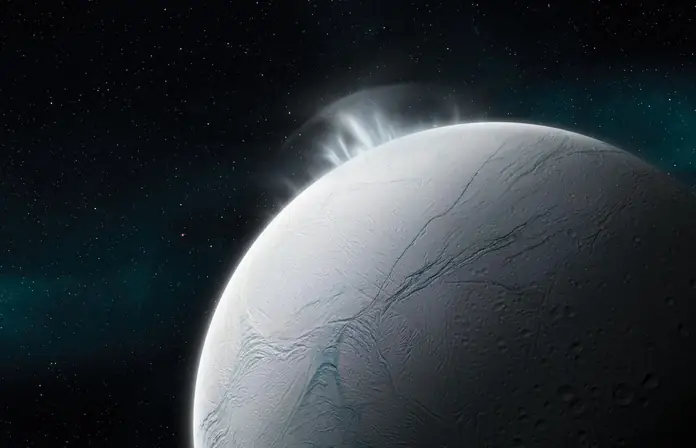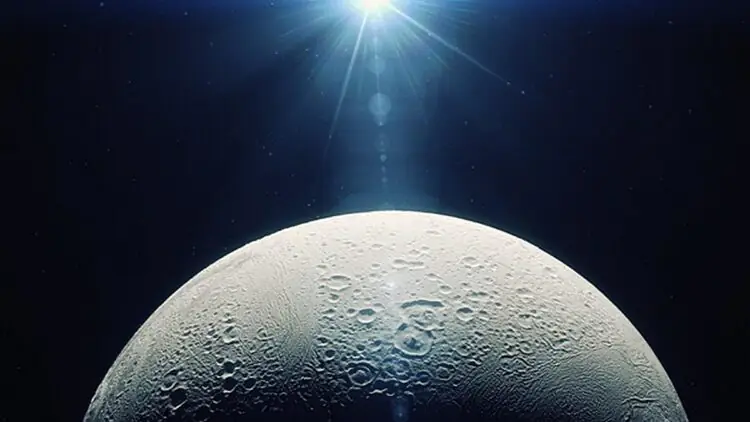Evidence continues to emerge suggesting that life could theoretically survive on two of the moons orbiting planets in our Solar System. Scientists have made a series of discoveries indicating that Jupiter’s icy moon Europa and Saturn’s moon Enceladus have conditions necessary for life. These include the production of sufficient oxygen on Europa and the presence of subsurface liquid oceans on both moons. Additionally, phosphorus, a vital element for life, has been found in the ice and water plumes ejected from Enceladus.

A recent NASA experiment has shown that if life exists on these moons, signs of it, such as organic molecules like amino acids or nucleic acids, might be detectable much closer to the surface than previously thought, despite extremely high levels of radiation. This is promising news for any future missions searching for signs of life within our Solar System, as robotic landers may not need to drill as deeply to find evidence of life.

“Based on our experiments, the ‘safe’ depth for sampling amino acids on Europa is nearly 20 cm in the high-latitude regions of the trailing hemisphere (the hemisphere opposite Europa’s direction of orbit around Jupiter) where the surface has not been heavily disturbed by meteorite impacts,” said Alexander Pavlov, a space scientist at NASA’s Goddard Space Flight Center, in a press release. “For detecting amino acids on Enceladus, surface sampling is not necessary – these molecules will survive radiolysis (radiation-induced decomposition) anywhere on Enceladus’s surface within a few millimeters from it.”
To determine this, Pavlov and his colleagues took amino acids and mixed them with ultra-cold ice at -196°C. Other samples were mixed not only with ice but also with silicate dust to simulate the potential presence of materials from meteorites or from the Moon’s deeper layers. Sealed in airtight tubes, the samples were exposed to gamma rays, a form of harmful radiation. Some additional samples were tested to see how amino acids behave when implanted into dead bacteria, modeling the potential existence of microscopic life on Enceladus and Europa.

Results published in the journal Astrobiology, demonstrated the rate at which amino acids decompose under these conditions, revealing that they could survive long enough to be detected by a lander mission. However, no such mission is currently planned for either moon.
“Slow degradation rates of amino acids in biological samples under surface conditions similar to those on Europa and Enceladus support the possibility of detecting life in future lander missions to these moons,” said Pavlov. “Our results suggest that the potential degradation rate of organic biomolecules in silica-rich areas on both Europa and Enceladus is higher than in pure ice, and therefore, future missions to Europa and Enceladus should exercise caution when sampling from silica-rich locations on both icy moons.”
Source: gizmodo









